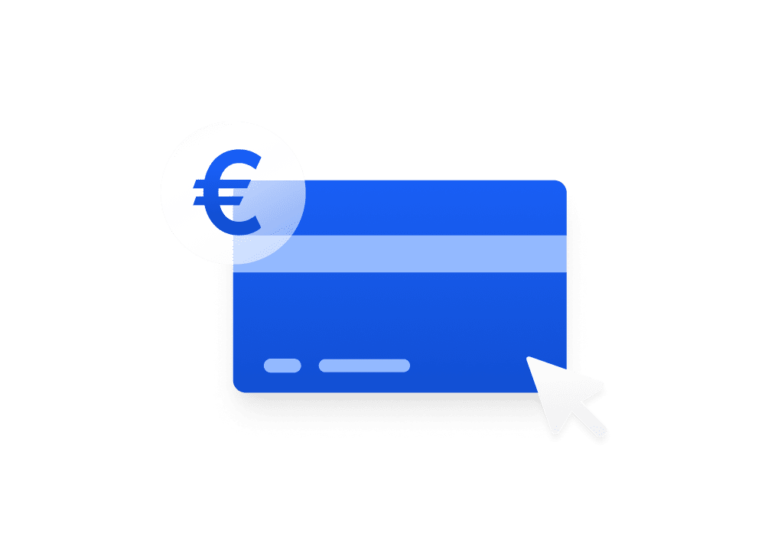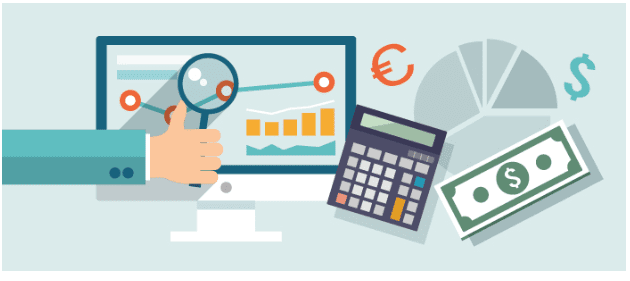When you are running an e-commerce store, how do you measure your success?
Numbers. By numbers. Everything is based on numbers through and through. Your most important numbers lay in your profit margin, however, what makes these two e-commerce metrics up? It’s not as straight forward as you may think.
When you are running an e-commerce store, there are lots of important metrics that you need to be measuring. The best e-commerce entrepreneurs are obsessed with metrics. In fact, it’s this obsession with measuring and optimizing that allowed their stores to grow so fast.
You should be too.
The Most Important E-Commerce Metrics
These are the most important e-commerce metrics that you must track in-order to ensure your long term success.
1. Sales conversion rate
Imagine if you have 1,000 potential customers visiting your store but your conversion rate is only 0.1%, this means that you only make a single sale per 1,000 visitors.
This means that you are losing money each time you don’t optimize your conversion rate.
Of course, this isn’t something you can’t change. In fact, you should.
If you can improve your conversion rate from a measly 0.1% to 1%… That means that out of every 1,000 visitors, you’re now getting 10 sales! That’s 9 more sales… without doing anything extra!
If your conversion rates are optimized, it means you can confidently send traffic to your online store and expect a certain number of sales.
2. Revenue per click
In the digital world, one of the easiest e-commerce metrics to measure is your site’s RPC, or Revenue Per Click. You can quickly figure out which online ads are generating the best return on investment (ROI).
Compare the amount spent on a “click”, to the revenue generated by the customers that entered your site through a particular ad.
RPC = revenue generated by an ad / total number of clicks on an ad.
3. Average order volume
When a customer reaches your site, are they finding everything they need to solve their needs? A satisfied customer will add multiple items to their basket in order to enjoy a more complete solution. It’s your job to make sure your site is communicating the opportunities to enhance their existing selection of items.
Of course, you want your shopping cart to recommend additional items. But, you also want to empower site visitors to search for a wide array of products that are relevant to them. This could mean that a single shopper solves multiple problems by purchasing a diverse set of products.
Average order volume = total revenue generated by your site / number of orders placed.
4. Customer acquisition cost
Naturally, it costs something to acquire a new customer. This value is called your customer acquisition cost.
In order to make money, your customer acquisition cost needs to be less than your customer lifetime value. Ideally, your acquisition cost should be less than your average order value, so you make money off every new customer.
Some businesses can afford to lose money on the first sale and make it up off that customer later, but eCommerce businesses don’t usually have margins to support that.
You can calculate your CAC by dividing your total marketing spend by your number of customers. That’s an overall figure, however. It’s also useful to calculate your CAC by source. You want to know your CAC for each traffic channel.
5. Shopping cart abandonment rate
Nearly 70% of shoppers abandon their carts, but some of that revenue is recoverable, so it’s important to lower your abandonment rate as much as possible. This metric is the percentage of shoppers who add items to their shopping cart, but then leave your store without making a purchase.
It is easy to track shopping cart abandonment, too—you can do this by using a cart abandonment tool or by setting up a funnel via Google Analytics (p.s. if you are not yet using Google Analytics then you really should be!)
There are many ways to reduce your cart abandonment rate, such as:
- By simplifying your checkout process;
- Use remarketing; and
- Send cart abandonment emails to remind customers to return and complete their purchase.
It’s not rocket science!











